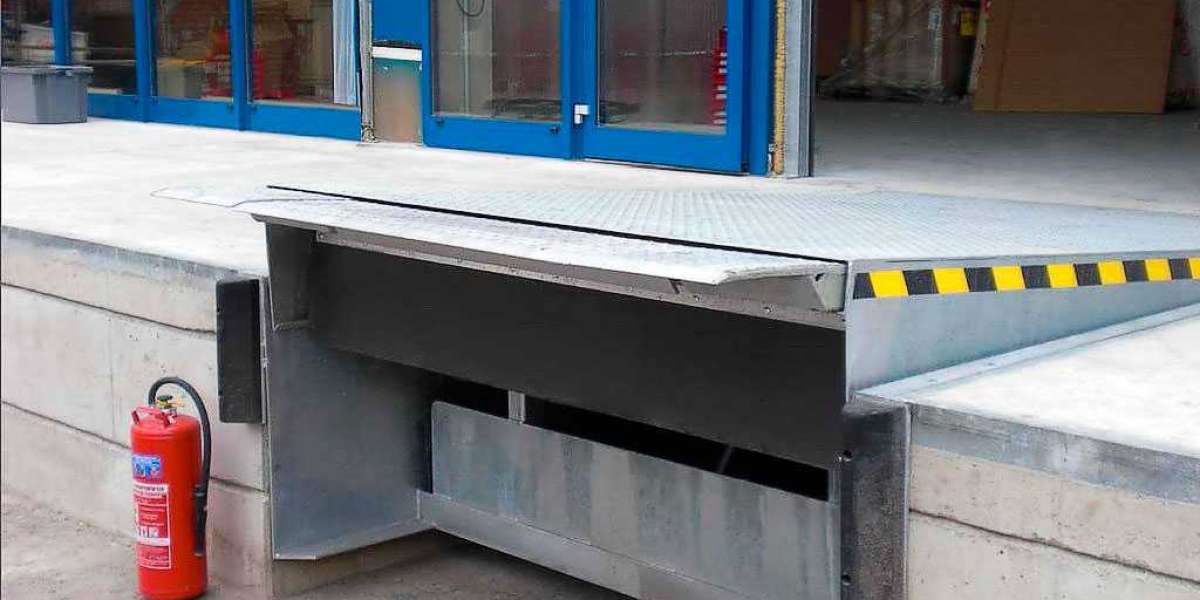Dock levellers play a crucial role in bridging the gap between a warehouse dock and a vehicle, facilitating smooth and efficient loading and unloading of goods. Whether you're setting up a new facility or upgrading your current equipment, understanding the types of dock levellers, their features, and installation processes is essential for optimizing your operations. This guide provides a comprehensive overview to help you make an informed decision.
What Are Dock Levellers?
Dock levellers are adjustable platforms used to ensure a smooth transition between the warehouse dock and the truck or trailer during the loading and unloading process. They compensate for the height difference between the dock and the vehicle, preventing damage to goods and reducing the risk of worker injuries. For more detailed guidance and professional installation services, consider visiting dock levellers UK.
Types of Dock Levellers
Hydraulic Dock Levellers
Hydraulic dock levellers are known for their durability and ease of operation. Operated with a push-button, they provide a smooth, automatic adjustment to meet the truck's bed, making them ideal for high-volume warehouses where speed and efficiency are paramount.
Mechanical Dock Levellers
Mechanical dock levellers are operated manually with a pull chain that activates a spring mechanism. These levellers are more cost-effective than hydraulic models and are suitable for operations where the volume of goods handled is lower.
Air-Powered Dock Levellers
Air-powered dock levellers use an inflatable air bag to lift the levelling platform. They are a middle ground between hydraulic and mechanical levellers, offering a balance of efficiency and cost.
Vertical Storing Dock Levellers
Ideal for food processing or pharmaceutical applications where cleanliness and temperature control are critical, vertical storing dock levellers store in an upright position. This design minimizes energy loss and prevents debris and pests from entering the dock.
Features of Dock Levellers
When selecting a dock leveller, consider the following key features:
- Load Capacity: Ensure the dock leveller can handle the maximum weight of goods your facility processes.
- Safety Mechanisms: Look for features like toe guards and safety stops to protect workers.
- Durability: Choose materials and designs that offer durability and require minimal maintenance.
Installation of Dock Levellers
The installation of dock levellers is a complex process that should ideally be handled by professionals. Here’s a brief overview of what the installation entails:
- Site Assessment: Conduct a thorough assessment of the dock area to determine the most suitable type of dock leveller.
- Precise Measurements: Accurate measurements are crucial to ensure the dock leveller fits perfectly and operates efficiently.
- Installation: Professional installation ensures that the leveller is correctly aligned and securely attached to the dock.
Maintaining Your Dock Leveller
Regular maintenance is key to extending the life of your dock leveller and ensuring it operates safely and efficiently. Schedule regular inspections and promptly address any issues, such as hydraulic leaks or mechanical wear and tear.
Choosing the Right Dock Leveller for Your Needs
Choosing the right dock leveller involves considering the volume of traffic at your dock, the types of vehicles you service, and specific operational needs like temperature control or rapid loading and unloading. Consulting with a professional can help tailor the solution to your specific requirements.
Conclusion
Dock levellers are indispensable in modern logistics and warehousing, enhancing operational efficiency and safety. By understanding the different types of dock levellers, their features, and the installation process, you can make a more informed decision that best suits your operational needs.








